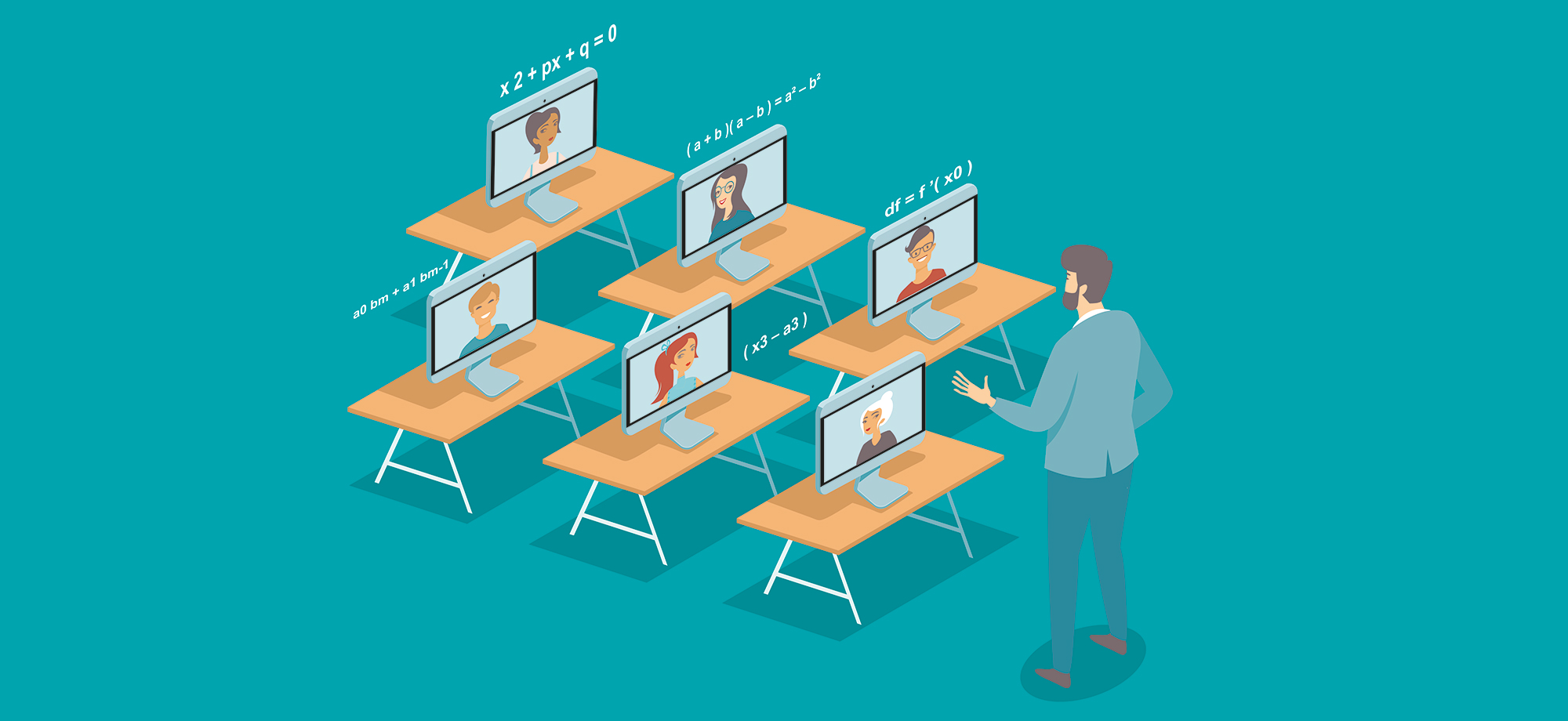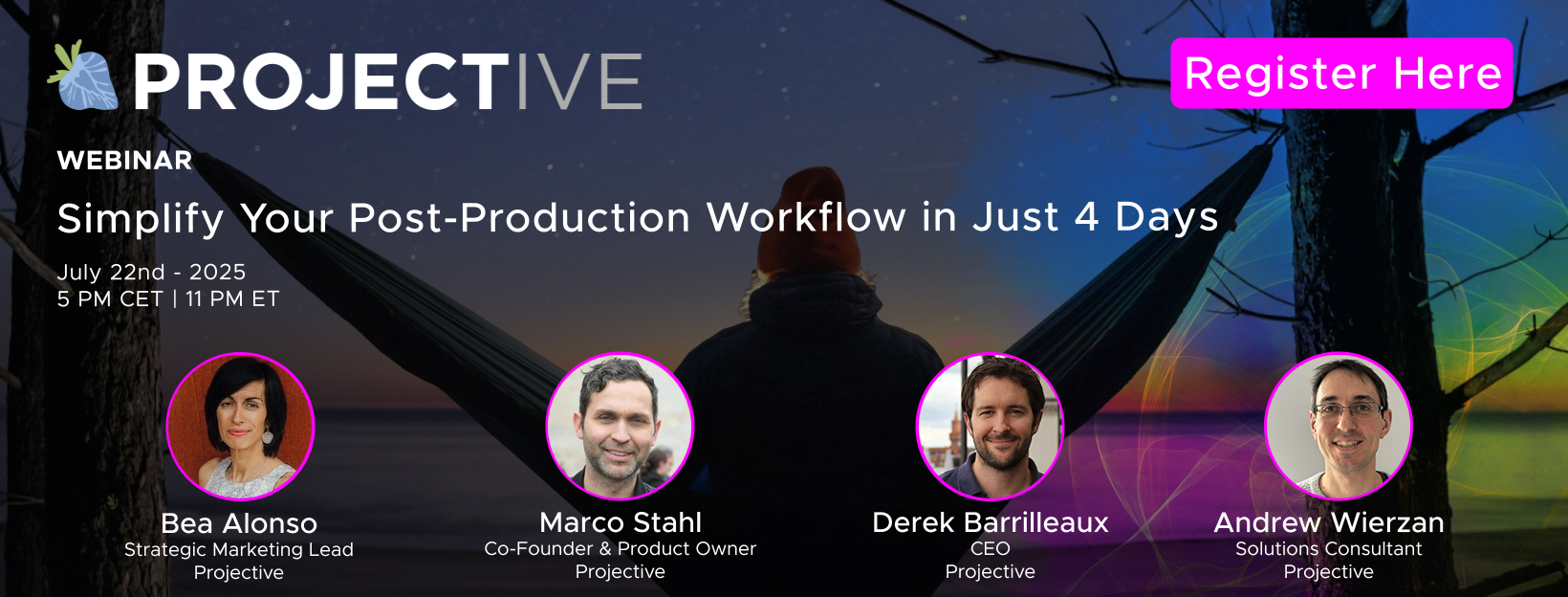What did Covid teach us about eLearning?

Posted on Nov 17, 2021 by FEED Staff
The covid pandemic forced students to learn online at home, while teachers had to deal with unfamiliar digital platforms. So, did eLearning during lockdown live up to its promise?
Words by Nicole Kobie
When the pandemic hit the UK, students at Brookham School – a pre-prep and prep school in Hampshire – were sent home just ahead of the Easter break. But for teachers, there was no holiday. Those two weeks were spent figuring out how to translate classroom curriculums into online teaching.
“We were thrown a bit of a curveball,” says headteacher Sophie Baber, explaining that the school didn’t have any online platform for eLearning, so they initially had to focus on sending out “holding activities”, such as basic worksheets and reading tasks. “We worked all through the Easter holiday, rewriting our curriculum and learning how to use Seesaw,” she adds, referencing a popular online education platform, which boasts a presence in 150 countries, including 75% of US schools. “It wasn’t a holiday for us at all. It was a massive learning curve in a very short period of time – we were literally footsteps ahead of the children when we reopened after the holidays.”
We were literally footsteps ahead of the children when we reopened after the holidays
The pandemic and ensuing lockdowns sparked a real-world experiment in online education for students of all ages. Teachers got a crash course on how to teach virtually, using apps and video through 18 months of trial and error, turning to tools like popular game based learning platform Kahoot. The company, headquartered in Norway, saw a five-fold leap in use from February to May 2020, according to CEO Eilert Hanoa.
While the eLearning experiment continues, early results aren’t necessarily positive. Research on Covid’s educational impact in the Netherlands, by the National Academy of Sciences in the US, suggests students made little progress at home. The Netherlands was presented as a “best-case scenario”, having a short lockdown, equitable school funding and world-leading broadband access. The PNAS study claims to be one of the first attempts to quantify learning loss from Covid-19, and underlines how technology without well-considered practices could not take the place of in-class education.
Another study, of South African students by the International Journal of Multiple Research Approaches, shows that the isolation of lockdowns and remote learning has been detrimental to university students’ mental health. Plus, the negative effects will continue to be exacerbated in countries that have been slow to vaccinate, where lockdowns continue.
Students are, in effect, educationally five to nine months behind where they would have been had the pandemic not happened, according to a report from McKinsey & Company on the lockdown impact on US students. It noted that “the learning loss was especially acute in schools that predominantly serve students of colour” They could be six to 12 months behind, compared with four to eight months for white students. While all students are suffering, those who came into the pandemic with the fewest academic opportunities are on track to exit with the greatest learning loss.
The eLearning experiment
Teachers have been forced to make a massive leap forward in digital education, experimenting with virtual tools they didn’t always know how to best use. Learning and teaching online is very different from in-person education, says Diana Laurillard, professor of learning with digital technologies at the University College London Knowledge Lab.
“The basics of teaching are similar, but the ways in which you do it through digital means are very different,” says Laurillard.
At Brookham School, one challenge was catering to families with parents working from home who had multiple younger children. Alongside not having enough devices and broadband accessibility, Baber and her colleagues quickly realised mums and dads couldn’t follow a schedule of live lessons, due to their own work demands. Instead, Brookham pre recorded video lessons to be watched whenever suited students and families. Tasks were set that worked across multiple age groups, letting older children help younger siblings, as well as assigned work that pulled students away from screens, such as handwriting letters or making models. As lockdown continued, Baber says it became clear that a variety of needs had to be met. Older students were given more live teaching via video calls, with a wider range of apps and platforms to cover different subjects. For literacy and maths, the experiment largely worked, says Baber, with academic performance tracking as expected.
“There are certain things that have been hit enormously,” she adds, especially handwriting. “It sounds silly, but that’s gone right out the window. We came back to classroom teaching and were like, ‘Oh my goodness, what’s happened here?’”
Another area where students have suffered from the shift to online learning is social interactions and emotional development.
“That is far more concerning for me moving forward,” comments Baber, adding that, although the school hopes to continue with technology in classrooms, her teachers will be focusing their training on social and language development.
Out of the classroom
Of course, plenty of schools were already using digital platforms for teaching before the pandemic hit. Jenny Hinton is digital lead at Parkdale Primary School in Nottingham, part of the Transform Trust, where iPad apps and online platform Showbie have been trialled for year 5 students since 2019. When lockdowns threatened school closures, logins were quickly set up for students in other grades, and Zoom calls and YouTube videos were used to train parents and teachers alike, speeding up existing plans to shift into digital learning.
“It was important for everyone to feel supported on the journey,’’ Hinton says. “We didn’t want technology to be a barrier to high engagement and continuation of learning.”
As with Brookham, Parkdale realised that its plans needed to evolve with students, with trial and error showing that live classes were helpful for checking in with children and structuring the day, but asynchronous, pre-recorded lessons were often more useful – and more engaging than listening to a teacher drone on via a video call. Instead, live, virtual interactions were used for wellbeing check-ins and to work collaboratively, with apps and quizzes further checking progress.
“We wanted to make sure the children could be independent in accessing learning and not reliant on parents providing support,” she says.
The great eLearning experiment revealed that online and video can help students self-regulate their education, Hinton says. It allows them to learn at their own pace, such as by rewatching a video or asking questions immediately, virtually, without interrupting other students. However, Hinton adds that it did raise challenges with personalised feedback – and ensuring students fully understood the tasks at hand.
Teachers are left to their own devices too often
Teaching the teachers
One takeaway from this massive experiment is that teachers were struggling with technology pre-pandemic, but have been forced to either sink or swim.
“Staff have had very little support for professional development in… these new technologies,” says Laurillard. “It’s very hard to keep up – it’s a different way of teaching, whether you’re videoing lectures, or creating asynchronous exercises they can do on their own at home.”
Now that teachers have adapted – the hard way – it’s likely that such tools will continue to be used in classrooms as they open back up. Baber says her staff are much more confident and will be braver with technology, while Hinton believes Parkdale will further its digital learning via online videos, especially in visual topics such as maths.
“Educators and students around the world are now more skilled and experienced with technology than ever,” says Kahoot CEO Hanoa. “While many teachers and students celebrate getting back to the classroom, they are returning with the knowledge and digital tools to create dynamic, impactful experiences that make learning awesome for all.”
But the last 18 months could have been more straightforward for teachers if platforms, apps and software were better designed, says Laurillard. She wants the industry to make it easier for teachers to learn how to use such tools, feed ideas back to developers and share content with others.
“Teachers are left to their own devices too often. This is a huge global experiment for the teaching community,” she says. Before concluding: “Teachers have discovered that these ways of learning are very good – there’s all kinds of advantages and it can be quite interesting and fun – but it will take a lot of training and development.”
This article first featured in the autumn 2021 issue of FEED magazine.











